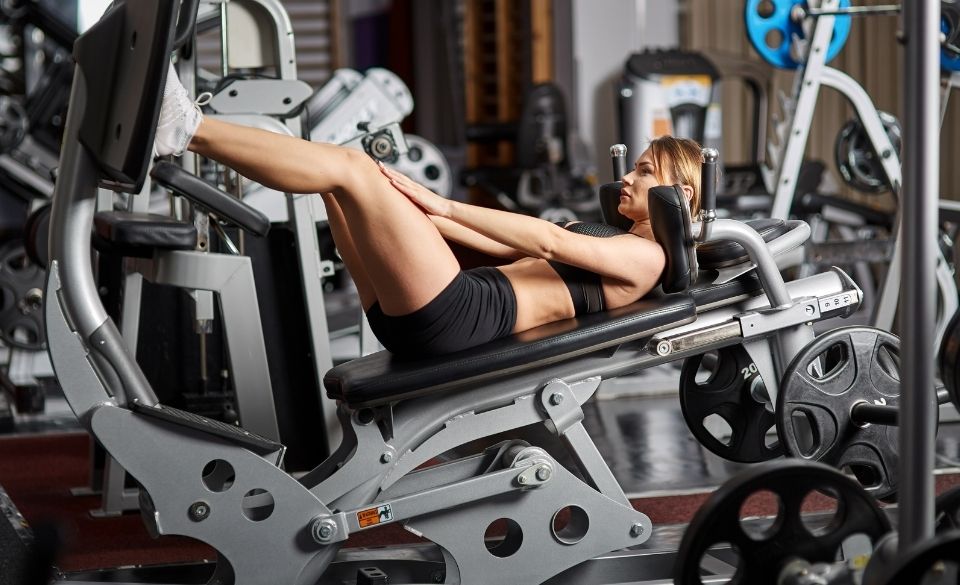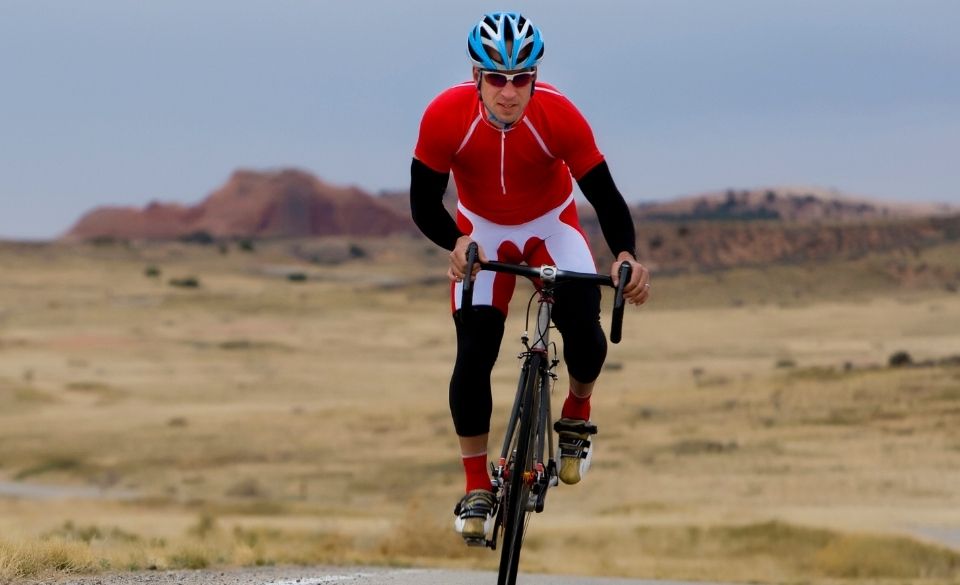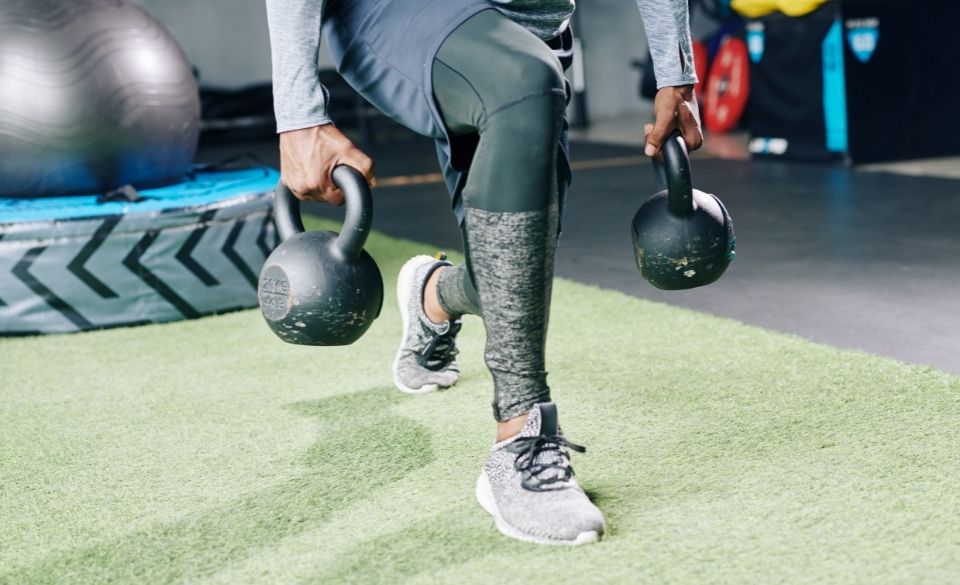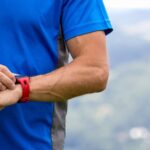
Cycling After Leg Workout? What Should You know in 2022
Page Contents
Recovering from weight training is hard enough, let alone just recovering from leg day. It’s normal that you may experience sore legs after a leg workout in the gym and the thought of cycling after the leg workout sounds impossible. So, should you go cycling after a leg workout in that case? And what are the benefits of cycling after lifting weights?
In this article, we discuss how delayed onset muscle soreness can be prevented and somewhat reduced by cycling after hitting the gym. So, continue on reading to find out more.
Should You Cycle After A Leg Workout?
The short answer is yes. Cycling after a leg workout can greatly reduce DOMS (delayed onset muscle soreness) and help speed up recovery.
However, the time you spend cycling will greatly affect your ability to recover after lifting weights. So, if you are cycling on the same day as your leg workout, it is important to limit the amount of time you spend on the bike. Keeping your recovery ride below 60 minutes for the experienced cyclist and 30 minutes for the beginner is enough to get the blood flowing and help speed up recovery.
Alternatively, if you are cycling the day after a leg workout rather than directly after, you can slightly increase the time on the bike.
Many studies share great insight into how cardio activity can help in muscle recovery and help prevent DOMS.
Even though cycling may feel difficult after lifting weights with your legs, it will help condition your muscles to recover faster, rather than wear them down.

What to Train After Leg Day – Cycling
If you are wondering what to train after leg day, you have come to the right place. A gentle distance ride of anywhere from 30 minutes for beginners up to 90 minutes for experienced cyclists, is generally enough the day after a weight session.
This ride should focus on cycling with a low heart rate and low power. The goal of the session is to increase blood flow to the muscles and allow some movement of the muscles without adding more fatigue.
However, if you are an experienced cyclist and have spent years in the gym you may be able to increase the intensity of the ride. But ideally, you should split any hard sessions you do on the bike from the gym. That means having a day between any leg workouts and threshold or sprinting sessions.
Squats and Cycling Same Day – What Should You know?
When doing squats and cycling on the same day, it is nearly impossible for neither to be affected. However, the one that gets affected is generally the second workout of the day. So, if you cycle first in the morning, expect that your squats will be affected somewhat.
How much is affected comes down to the intensity of the first workout and the fatigue incurred.
If you are new to strength training or doing leg workouts, always lift first rather than cycle. That way you can use cycling as a form of recovery after your leg workout.

Best Leg Workouts For Cyclists
The best leg workout for cyclists requires strengthening the quadriceps, hamstrings, and calf muscles. These are the same muscles used in cycling, and strengthening them will help improve your power.
Below are some of the best leg workouts for cyclists that should be done in the gym.
Squats – One of the most common exercises for cyclists and runners. The squat works nearly all the muscles in the legs. It also helps to strengthen your lower back and core muscles. For people new to this exercise, it is important to start without weight first. This will help you learn proper technique. For more experienced lifters, adding weight can improve strength and power. To create more variation to the workout, try the Bulgarian split squat.
Deadlift – The deadlift is another exercise that is common among endurance athletes. If you want to work every muscle group in the legs and core, this is a great exercise. There are many variations to the deadlift, and this includes the Romanian deadlift and single-deadlift. But these alternative exercises should only be attempted once you have learned the proper technique when doing the squat.
Lunge – Just like the deadlift and squat, the lunge works all the lower leg muscles. However, it does target the quadriceps, glutes, and hamstrings more than others. IT also helps to strengthen your core and develop power in your pedal stroke through stronger quads, glutes, and hamstrings. You can also vary the exercise by doing a reverse lung or even a walking lunge. But first, learn the proper form before trying different variations.
Leg Press – One of the only exercises on the list that require a machine. The leg press is a great exercise for beginners that want to increase their power on the bike. It is also an alternative for people that struggle to do a squat. However, the downside is that you need access to a gym, and not everyone has that.
Calf Raise – One of the best exercises for strengthening your calf muscles. The calf raise helps stabilize your foot during the pedal stroke as well as improve your sprinting. It is also a good exercise if you deal with shin pain on the bike or even shin splints running.
Just like training, your strength training plan needs to be structured correctly. That means starting with strength endurance and then moving to maximal strength efforts. Maximal strength efforts require fewer repetitions (1-6) and typically more rest between that strength endurance sets.
Building your strength endurance though is more common for the cyclist looking to hit the gym. This entails higher repetitions (10+ reps) that maximal strength efforts (1-6 reps) and shorter recovery periods. These are usually continued throughout the season up until the race period where you would move into more specific weight training.
Either way, strength training is a must for cyclists. Just remember if you cycle after a leg day, keep the intensity low and let the body recover. That is how you will make the gains you want.



